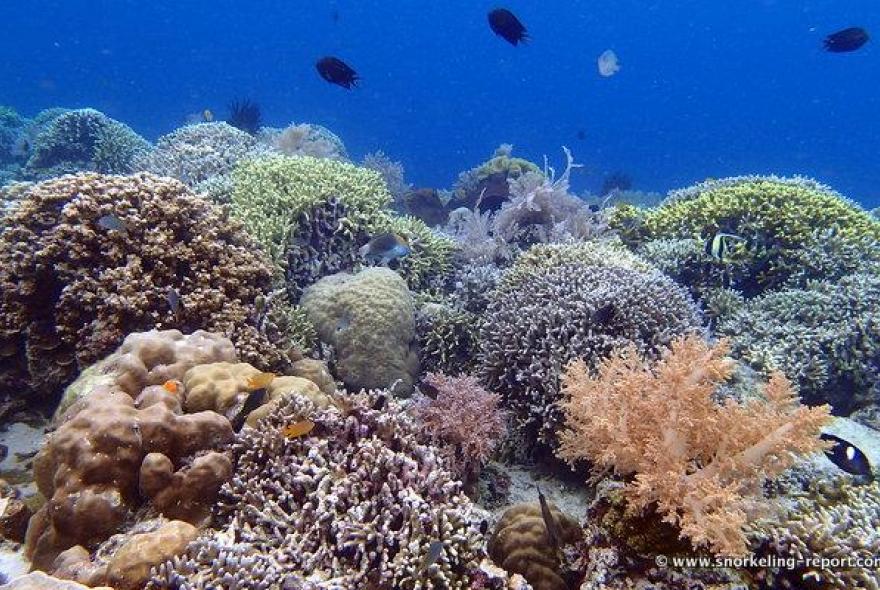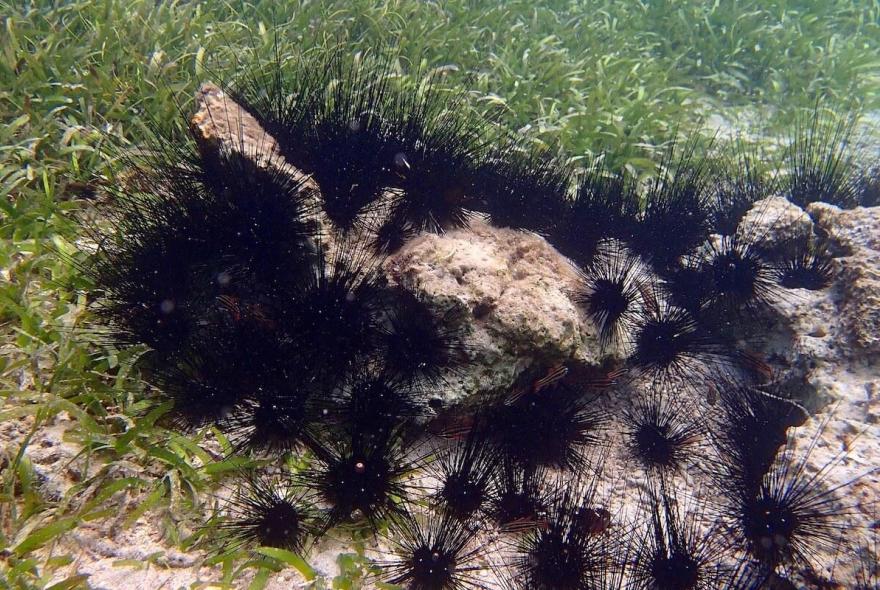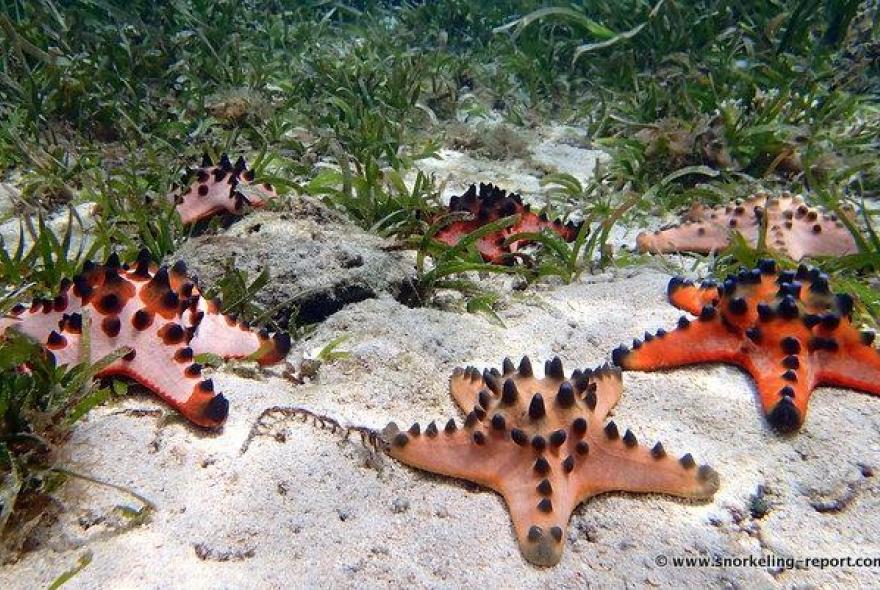Komodo Resort and Diving Club
Tanjung Pelita, Pulau Sebayur, Labuan Bajo 86754, Kec. Komodo, Manggarai Barat, Flores, NTT – Indonesia.
Coordinates in degrees decimal: -08.516417 N, 119.714452 E.
Visited in November 2022. Photographer: Nigel and Sylviane Thomas. Cameras: Olympus Tough T5, T6 and Nikon Coolpix W300.
Visit website here. If you want to visit this site with like minded snorkellers have a look at our sister website here, Planet Snorkeling, who are running a trip there in 2024.
The Komodo Dive Resort is located on Sebayur Island in the northeast of the Komodo Archipelago. The resort has a house reef with a beach frontage of approximately 500m. The reef extends both south and north of the beach, facing west in the north and southwest, at its southernmost point.
The resort is accessed via a 30 minute to 45 minute journey by ferry/dive boat that is operated by the resort. This vessel runs from Labuan Bajo port, which is 15 minutes from the international airport on the Island of East Nussa Tengarra.
The climate in the area is tropical, with a rainy season from December to March and a dry season from June to September. Air temperatures during the day are high and quite uniform throughout the year, with maximum daytime temperatures of 35C in October/November. Minimum temperatures at night rarely dropping below 20C during June to September.
The weather and water conditions that might affect snorkelling include the following:
- During the rainy season, December to March, up to 30cm of rain can fall per month. Minimal rainfall occurs between June and September.
- Seawater temperatures are uniformly warm, with highs of 29.5C between December and April and a low of 26.5 in August.
- The strongest winds occur during the period December to March, although winds tend to be uniformly light, rarely exceeding 11knts, with the calmest period in September to October (<7knts).
- The prevailing wind is from the SE, but is generally light. The strongest winds (>11knts) blow from the WNW, but only for short periods each year. Some refraction of waves may affect visibility.
- Tides in the area are complex, due to the number and location of the islands. Tidal data exists for Labuan Bajo but this is not replicated at the resort, although it can be used as a guide to when high and low water is likely ± 2hours!
- The tidal range at the resort can be as much as 3.1m, which exposes most of the reef edge. It is not advisable to try to cross the reef at this state of tide, with entry and exit from the water only possible from the jetty.
- Due to the occasional large tidal range, currents off the reef edge may become quite rapid, particularly at the southern end of the reef, on the ebb tide. In these conditions, back eddies exist which help you to stay on the reef. The house reef is otherwise ideal for drifting but plan your entry and exit carefully.
The habitats that can be observed while snorkelling on the house reef include: beach sand; mangrove; rock/coral concretions; seagrass beds; sand with coral outcrops; mixed seagrass, coral and coral debris and finally coherent coral reef. These can generally be located at all of the sites in the region, but several additional habitats occur elsewhere, including a high current regime, rock drop off with swim through gullies at Pulau Batupengah, near Tengah Kecil. Another habitat type is the coralline algal (rhodolith) dominated seabed at Makaser Reef, where the Manta Rays can be found.
The house reef supports a very high diversity of corals, soft corals, sponges and fish species. A total number of 346 species were identified during our 10 day trip, including over 125 fish and 65 coral species.













